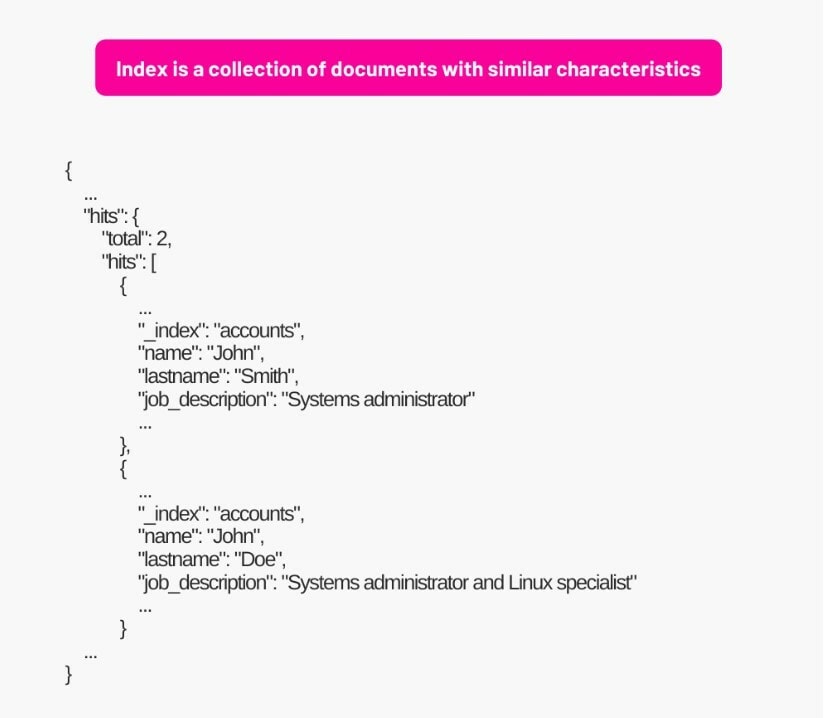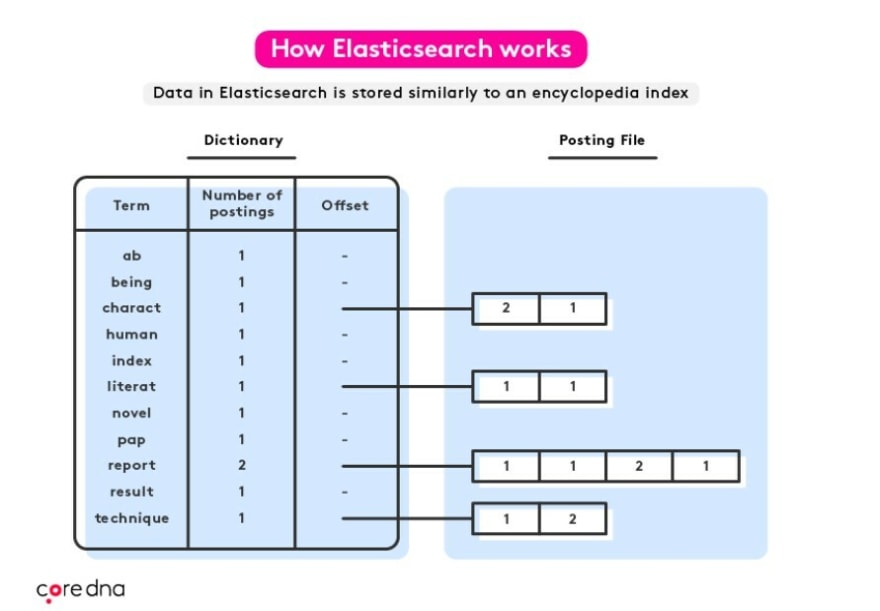Search functionality is an often underappreciated facet of the digital user experience. Whether potential visitors are trying to locate a blog article on a specific topic or scouring an eCommerce website for products, having an on-site search engine can be beneficial.
Most users are already accustomed to using search engines such as Google, which processes approximately 5.8 billion searches per day. They expect the websites they visit to offer a similar quality search experience.
eCommerce and enterprise companies include this search functionality on their websites through something known as Elasticsearch. But Elasticsearch is more than just a search engine.
In this article, we’ll provide some guidance on what Elasticsearch is, explain how it works, and some of its benefits.
In a hurry? Here’s what you’d find in this article:
What is Elasticsearch?
What is Elasticsearch for?
How does Elasticsearch work?
Benefits of Elasticsearch
Benefits of Elasticsearch for content marketers
Benefits of Elasticsearch for eCommerce
Elasticsearch real-life case studies
What is Elasticsearch?
Elasticsearch is an analytics and full-text search engine that provides search functionality for web applications, including blogs, eCommerce websites and more. It is distributed, open-source, built on Apache Lucene and written in Java.
Elasticsearch is also one component of a set of open-source tools known as the ELK Stack. The others in that stack are Logstash and Kibana, and together they combine to provide data ingestion, storage, enrichment, visualization and analysis of data.
What is Elasticsearch for?
Elasticsearch is used to query and analyze data of various types, both structured and unstructured. Unlike other search tools that rely on text searches, Elasticsearch provides fast search responses using the same technology powering Google’s search engine, called inverted indexing, and other best-in-class algorithms.
Elasticsearch provides high performance, distributed architecture, scalability and speed.
It analyzes billions of data points in seconds and can provide aggregations to explore trends and patterns within the data. This enables several use cases such as search functionality for applications, websites and enterprises, logging, infrastructure metrics, analytics and more.
How does Elasticsearch work?
In order to understand how Elasticsearch works, it’s essential to learn more about some of the key components and how it organizes data.
In Elasticsearch, data is stored as JSON documents and separated into fields similar to rows and columns in a database. A blog article or data log of job descriptions would be examples of documents.
Next, we have an index. An index is similar to a database and is a collection of documents with similar properties or characteristics. Elasticsearch stores that document and adds a reference that makes it searchable in an index.
Data in an index isn’t stored directly in strings. Instead, documents are split into their individual search terms, and these terms are mapped to the documents.
For example, when trying to find all of the times the word “human” is mentioned in an encyclopedia, you would have two options. Scan the entire book or turn to the index at the back that catalogs all of the words mentioned. Data in Elasticsearch is stored similarly to an encyclopedia index, allowing Elasticsearch to quickly find best-matches even when scanning large data sets.
General benefits of Elasticsearch
Search functionality is essential, but what makes Elasticsearch so popular within the enterprise? Here are a few of the general benefits.
1. Optimizes the user experience (UX)
Elasticsearch makes it possible for anyone to sift through large volumes of data quite easily. Not only can this data be searched, but Elasticsearch also organizes and filters that information to give it context.
It also provides a structure that pulls disparate data sources into one view. For example, when searching on an eCommerce website, Elasticsearch can push products with the most popularity or a five-star rating towards the top of the search results.
2. Enhances visitor engagement
Keeping visitors engaged can make the difference in converting them from simply a visitor and turning them into a customer. Elasticsearch can help visitors to find things they’re searching for faster than if they’re merely browsing.
Built-in features also allow it to correct typos, rectify spelling mistakes, and even autocomplete searches that customers may have been conducting.
3. Search result reporting
Search results or reports in Elasticsearch are boosted by the fact that different sorting and weighting methods can be introduced. It also facilitates advanced querying that enables users to retrieve a combination of queries and return more precise results from search.
Advanced search functionality, especially on busy eCommerce sites or similar applications that make heavy use of faceted search is resource-intensive on the server side. A moderately busy site can keep a server tied up serving search information back to users.
Elasticsearch has built-in support for scaling it across multiple servers, both to expand capacity and provide fail-safe redundancy. It does this by using shards, a way of splitting data up and providing data integrity (a single source of truth) and redundancy (distributed on many machines).
Benefits of Elasticsearch for content marketers
Content marketers can leverage the power of Elasticsearch to get more out of specific marketing campaigns and existing content.
1. Quick searches
Loading time is a critical aspect of the user experience, and that includes the time spent searching. With Elasticsearch, searches through extensive website content are quick and present accurate info with little effort, allowing visitors to conduct their business quickly.
Read this next: eCommerce Web Design: A 36-Point Checklist to Create The Best eCommerce Site
2. Data visualization
Kibana is a data visualization software that provides a browser-based interface to sift through Elasticsearch data. This enables you to create visualizations of the information that is queried and produce nice reports. These visualizations can then be placed into a custom interactive dashboard that makes finding patterns and details within the data much more straightforward.
3. Error corrections
How often have you misspelled a search query, yet a search engine still knows what you wanted to find? Elasticsearch allows site visitors to make spelling mistakes and still find the information they were looking for.
4. Alternative searches
With autocorrect, you can suggest alternative searches based on the previous search. Suggested terms and categories will be displayed that match the search intent of the site visitor.
5. Real-time analytics
Elasticsearch allows you to build real-time analytics that can provide unique customer insights such as customer visit patterns and more.
Read the rest of the article here!










Top comments (0)